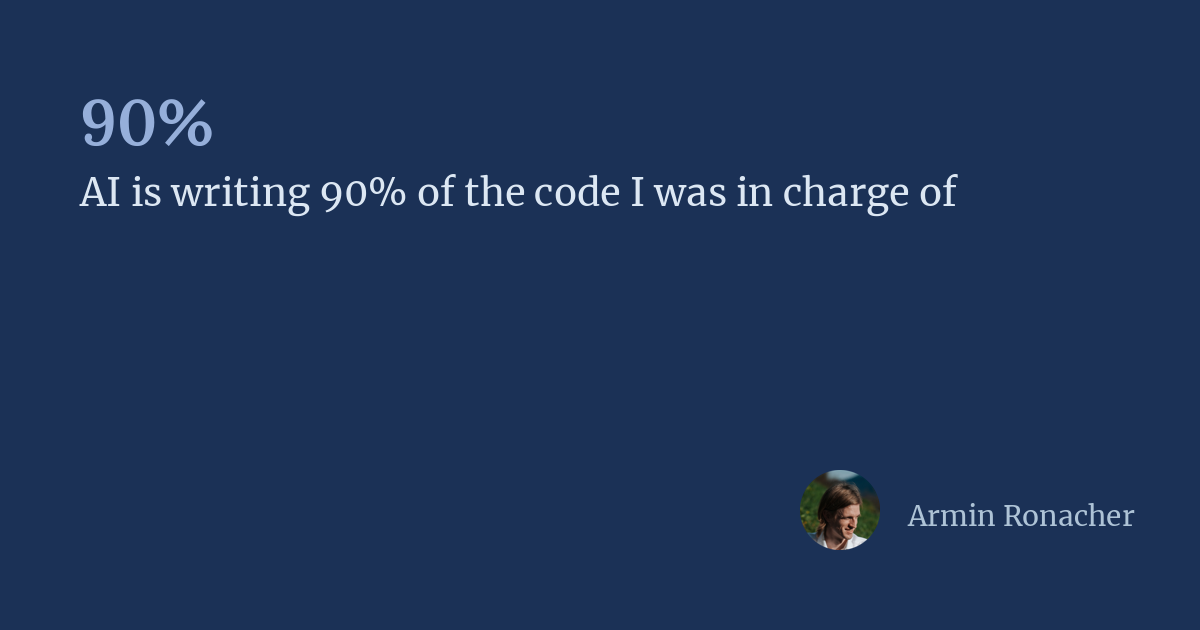
"For the infrastructure component I started at my new company, I'm probably north of 90% AI-written code. I don't want to convince you - just share what I learned. In parts, because I approached this project differently from my first experiments with AI-assisted coding. The service is written in Go with few dependencies and an OpenAPI-compatible REST API. At its core, it sends and receives emails. I also generated SDKs for Python and TypeScript with a custom SDK generator."
"There are no weird files that shouldn't belong there, no duplicate implementations, and no emojis all over the place. The comments still follow the style I want and, crucially, often aren't there. I pay close attention to the fundamentals of system architecture, code layout, and database interaction. I'm incredibly opinionated. As a result, there are certain things I don't let the AI do. I know it won't reach the point where I could sign off on a commit. That's why it's not 100%."
Some infrastructure components can be produced with over 90% AI-generated code in practice. A service was implemented in Go with minimal dependencies, an OpenAPI-compatible REST API, email send/receive functionality, and generated Python and TypeScript SDKs. The codebase totals about 40,000 lines across Go, YAML, Pulumi, and SDK glue. High operational and reliability standards were enforced, with strict attention to system architecture, code layout, and database interaction. Certain tasks were deliberately withheld from AI and every line remained a human responsibility. Early prototypes built without constraints produced messy databases, repository clutter, and unwanted artifacts.
Read at Armin Ronacher's Thoughts and Writings
Unable to calculate read time
Collection
[
|
...
]